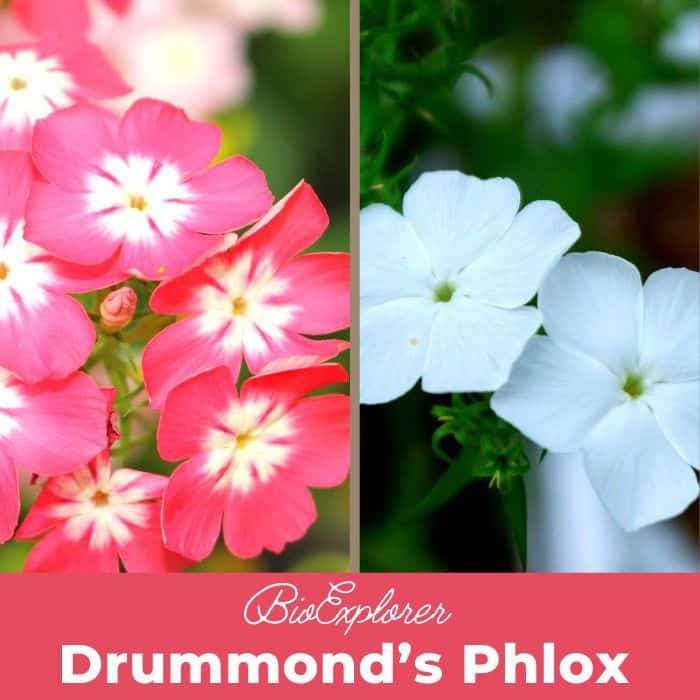
| Plantae | Ericales | Polemoniaceae | Phlox | Phlox drummondii |
- Plant Type: Erect annual, herbaceous.
- Common Names: Drummond’s Phlox, Annual Phlox, Texas Pride, Texas Belle.
- Colors: White, cream, pink lilacs, red, Rose, purple, almost black.
- Flower Dimensions: 1 inch in diameter.
- Flowering Season: Spring and summer.
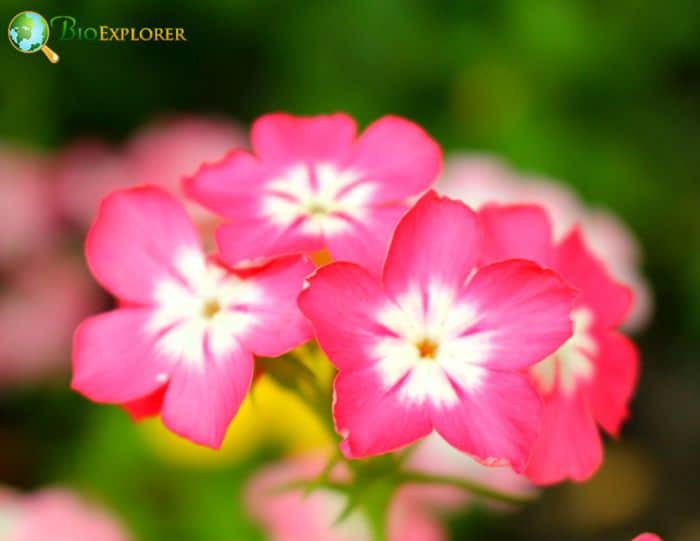
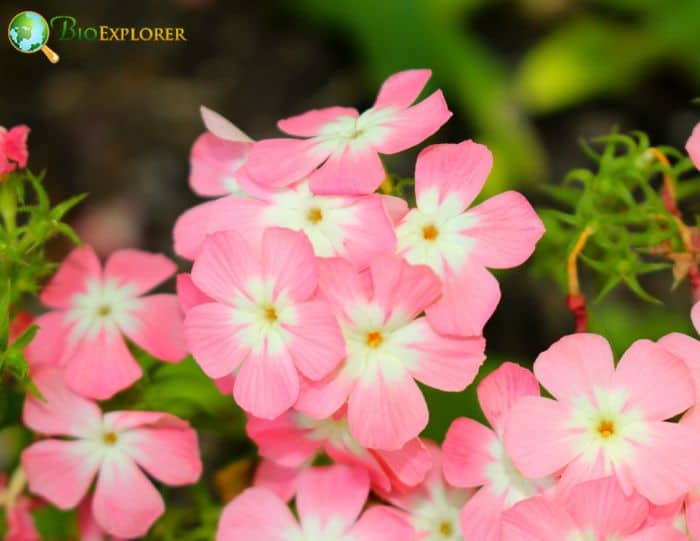
Phlox drummondii is a showy annual flowering plant under Ericales. The Drummond’s Phlox can grow to 6-12 inches.

- The Phlox drummondii plant is much-branched. The stem holds the tight clusters of flowers at its end.
- The leaves of Drummond’s Phlox are soft, hairy, and sticky. They are simple, entire, and opposite/subopposite.
- The flowers of Drummond’s Phlox are trumpet-shaped and are in terminal clusters. The color ranges from white, pink, red, peach, or lavender.
- The flowers of Drummond’s Phlox are fragrant. They are five-lobed.
- Phlox drummondii can thrive in full sun or part shade. However, this species prefers sandy and fertile soil.
Where can Drummond's Phlox be mostly spotted?
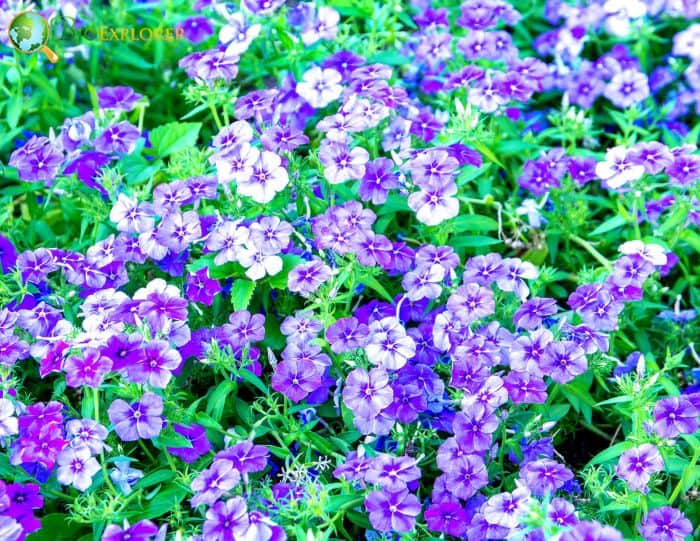
Interesting Facts about Drummond’s Phlox
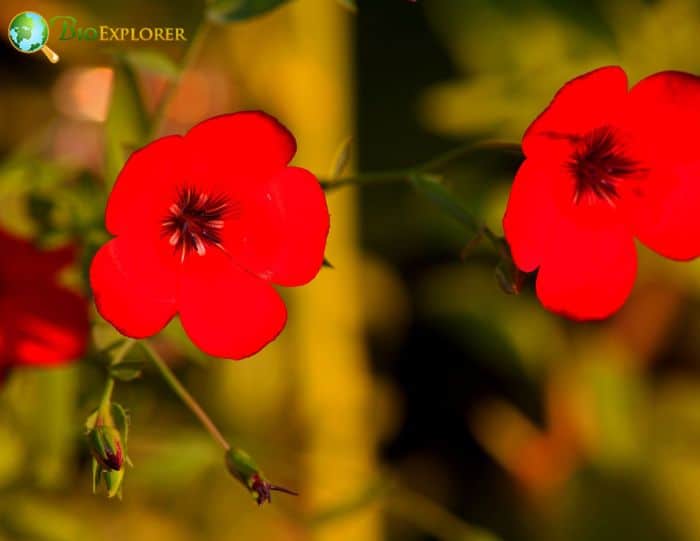
- The ‘Drummonds Phlox[1] is considered one of Texas’ most beautiful wildflowers. In addition, it has been valued as an “exotic” cultivated garden flower in Europe for nearly 150 years.
- The genus name is “Phlox“[2] which means “flame“. The species name of this plant is taken from the name of Thomas Drummond, a naturalist born in Scotland who sent seeds from Texas to England in 1835.
- The pure-white flowered variety of P. drummondii[3] produced Colchitetraploids. As a result, the flowers produced were bigger, and the ornamental value of the species was increased because the longevity was increased by 5 days in colchiploids.
- Flowers of P. drummondii showed phytochemical, antioxidant, and antimicrobial activities. In addition, research[4] showed the efficacy of P. drummondii against tested bacteria and fungi.
- P. drummondii[5] can accumulate and absorb copper in the roots and prevent the translocation of the copper to other photosynthetic tissue. This enables the plant to tolerate copper toxicity.
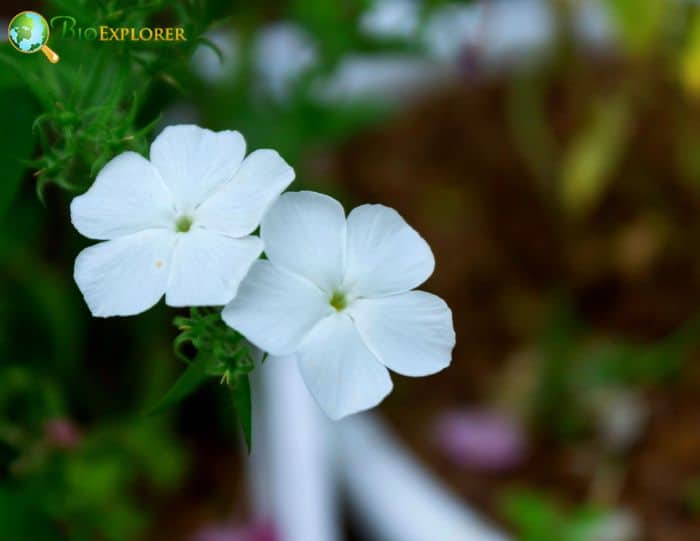
Suggested Reading: Flowering Plants
Cite This Page
APA7MLA8Chicago
BioExplorer.net. (2025, December 21). Drummond’s Phlox. Bio Explorer. https://www.bioexplorer.net/plants/flowers/drummonds-phlox/.
BioExplorer.net. "Drummond’s Phlox" Bio Explorer, 21 December 2025, https://www.bioexplorer.net/plants/flowers/drummonds-phlox/.
BioExplorer.net. "Drummond’s Phlox" Bio Explorer, December 21 2025. https://www.bioexplorer.net/plants/flowers/drummonds-phlox/.











